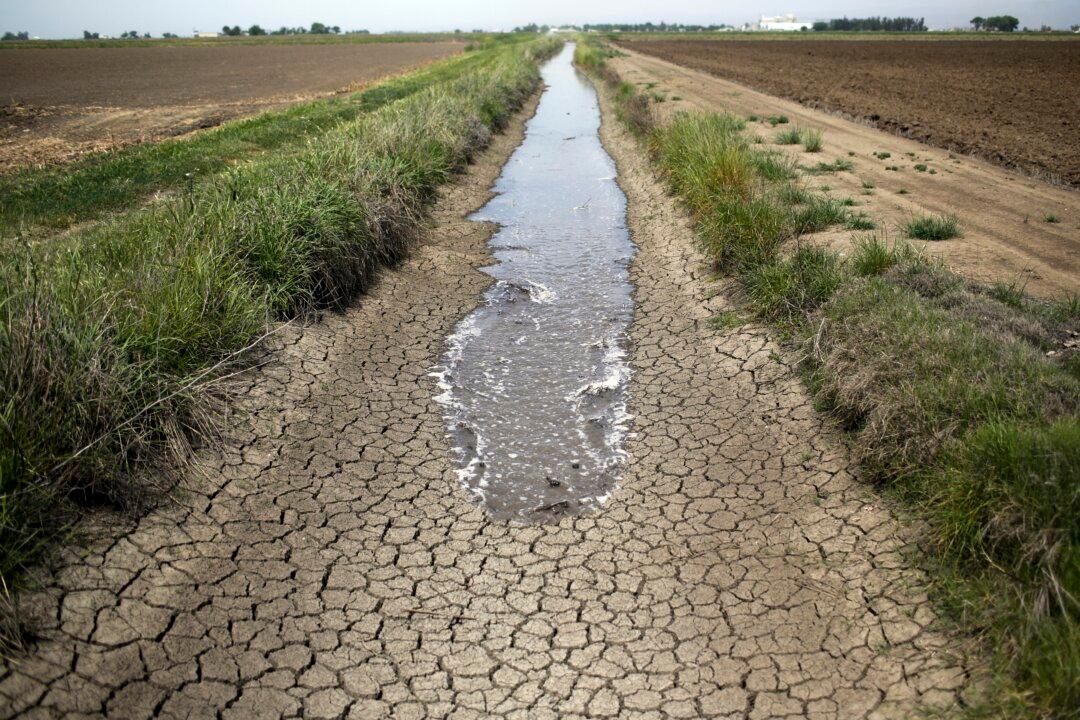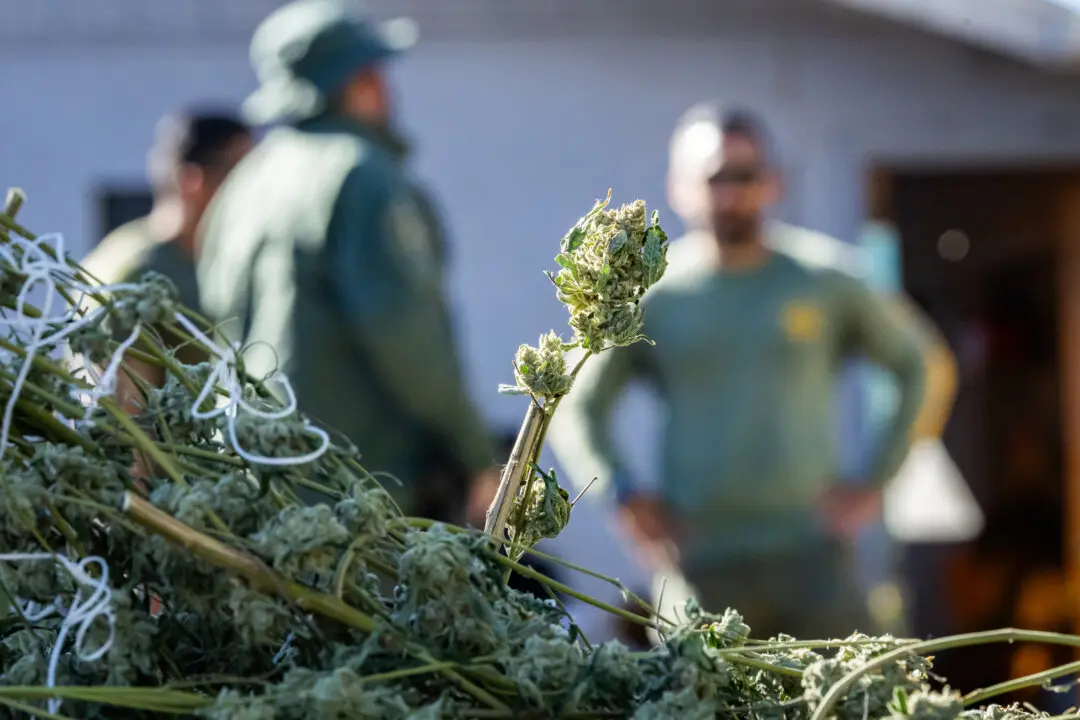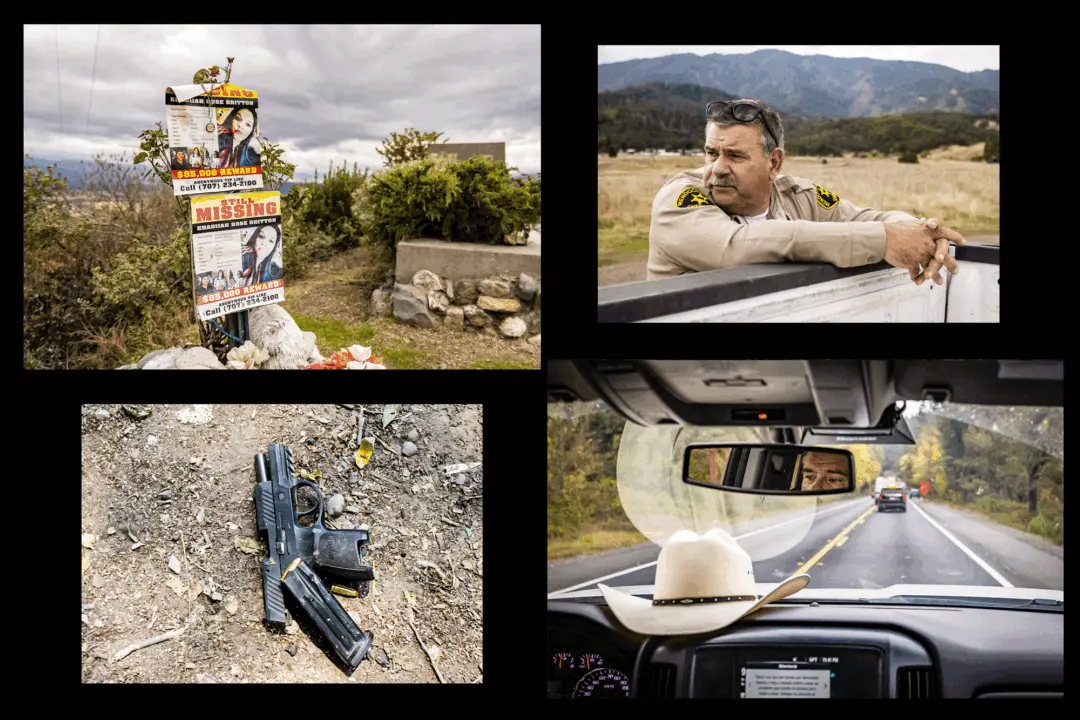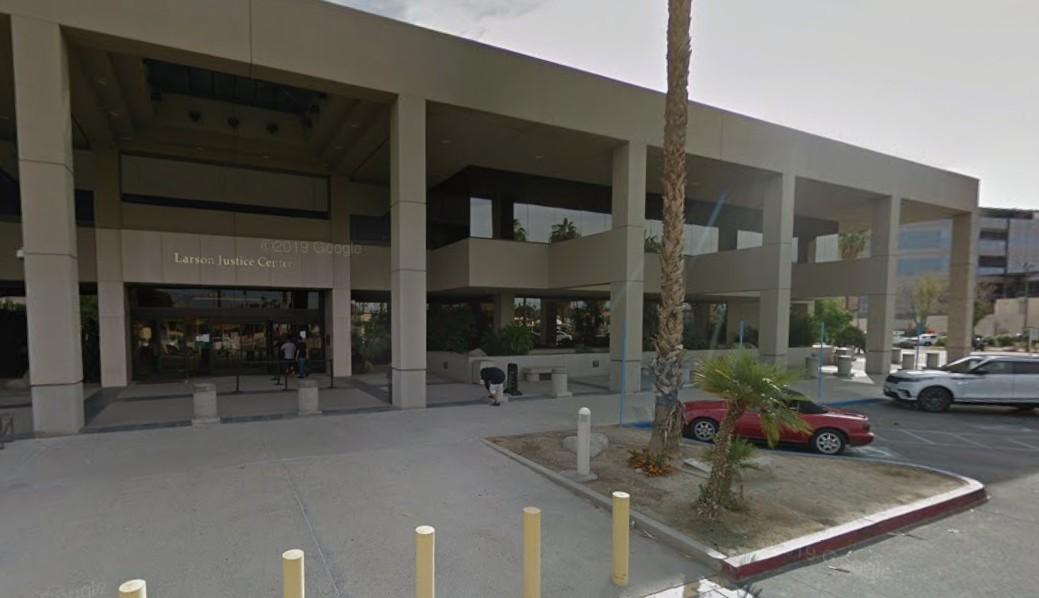The California Department of Water Resources (DWR) announced Jan. 26 it expects to deliver 30 percent of requested water to its public water agencies in 2023—1.27 million acre-feet—up from the initial 5 percent announced in December.
This comes after weeks of heavy rainstorms and public outcry demanding the state release more water from its reservoirs.





